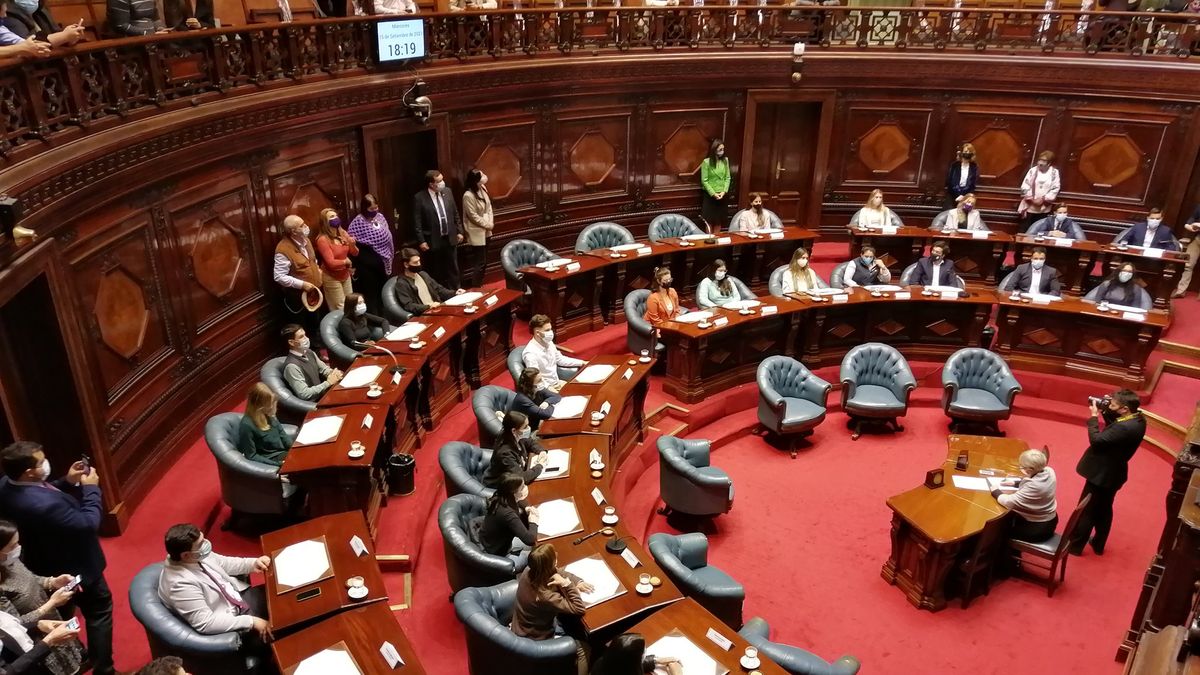According to private calculations, andThe exact size of the “chainsaw” ” that the government applied in the first five months of the year was $14.4 billion, estimated at constant values from last month.
The figure is important because explains a drop in total public spending of 31.4% real year-on-year. The doubts that continue to be raised among private consultants, and even the International Monetary Fund (IMF), is how sustainable this type of cut can be in the future.
The demands of international organization based in Washington to improve “quality, durability and durability” of the adjustment, which appears in the “Staff Report” of the latest review of the agreement with Argentina, is a call more than anything for the Government to present a comprehensive reform of the State and a fiscal reform that is not known at the moment.
iaraf-detail-expense.jpeg
This Tuesday, the Treasury Palace released the data of the National Public Sector (SPN) that registered an extraordinary financial surplus in May of $1.18 billion and a primary surplus of $2.2 billion. Although the Government did its part by reducing payments, it is also true that last month there was an unusual collection of Income Tax from companies, as a result of the December devaluation.
Some of the adjustments that have been made so far are at risk. This is the case of retirees.. The government intends for the total cost of the system to be 7.14% of GDP, while the opposition is promoting a project that has been approved by Deputies so that it is 7.57% of GDP.
According to estimates of the Argentine Institute of Fiscal Analysis (IARAF), Retirements and pensions suffered a pruning so far in 2024 $4.56 billion, which implies a contribution of 31% of the total adjustment.
“In the accumulated of the year National public spending paid fell by $14.4 billion in constant pesos May compared to 2023,” says the report. In that sense, the study suggests that it is “important to analyze the distribution of the public spending cut.”
Each retiree lost about $653,000 this year
“It is appreciated that the retirements and pensions supported 31% of the total reduction (its participation decreased 4 points compared to the previous month), the real direct investment 16%transfers to provinces 14%, energy subsidies 10% and salaries 7%, among the most important,” indicates the IARAF.
If the number of retirees and pensioners with contributory benefits is taken, a total of 6.8 million, it can be stipulated that Each beneficiary would have contributed approximately $653,000 to the government surplus this year.
The IARAF details, on the other hand, that ““From an accumulated fiscal deficit of 1.3% of GDP as of May 2023, we moved to a surplus of 0.4% of GDP as of May 2024.”
“The relative magnitude of the fiscal change registered, basically via reduction in spending, is 1.7 percentage points of GDP,” the report adds.
Besides, points out that, “in the first 5 months of the year, 15 of the 16 national expenses decreased year-on-year in real terms. The exception was spending on Universal Allocations (AUH) for social protection (11.5%).
The expenses that The most fell were: capital transfers to provinces (-98.1%), real direct investment (-77.7%) and Current transfers to the provinces (-75.3%). These stores are the ones that have been recording the largest year-on-year falls in real terms.
Source: Ambito




